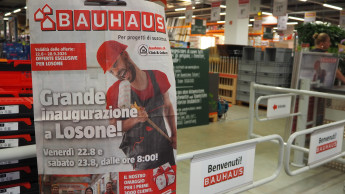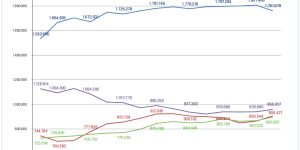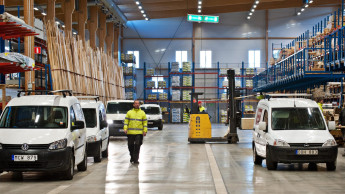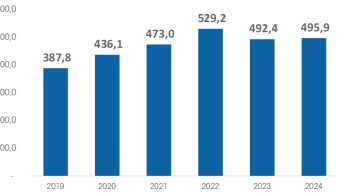A couple of extreme examples offer a good illustration of this. Spain is one of the countries in Europe that was most heavily impacted. People had to stay indoors for weeks on end and DIY stores were closed from the mid-March until well into May. Sales were down by 80 per cent in April. It was a tough time for the population and home improvement stores in France, too, with a 60 per cent downturn in sales in April.
Germany, on the other hand, weathered the coronavirus storm relatively well, and the same goes for its DIY stores. In 12 of the 16 federal states, they remained open from the outset and reopened everywhere after a few weeks. One figure demonstrates what happened in the country: the sales of Hornbach (third-biggest German DIY retailer) rose by 18 per cent between March and May. On the opposite side of the world, Bunnings reported an increase of sales of nearly 20 per cent from January to May in Australia and New Zealand.
So what happened? Like it or not, consumers set about beautifying the homes (and gardens) in which they were now forced to spend much more time than they would have liked. Paint sales went through the roof, and garden pools - think "holiday at home" - sold out in many countries.
This issue of DIY International has been a long time in the making, both before and during the Covid-19 pandemic, and so not every article mirrors the…

 Menü
Menü
















 Newsletter
Newsletter